Artist Tips: Soundwalk Collective
The revered, multi-discipline artists give their tips on field recording.
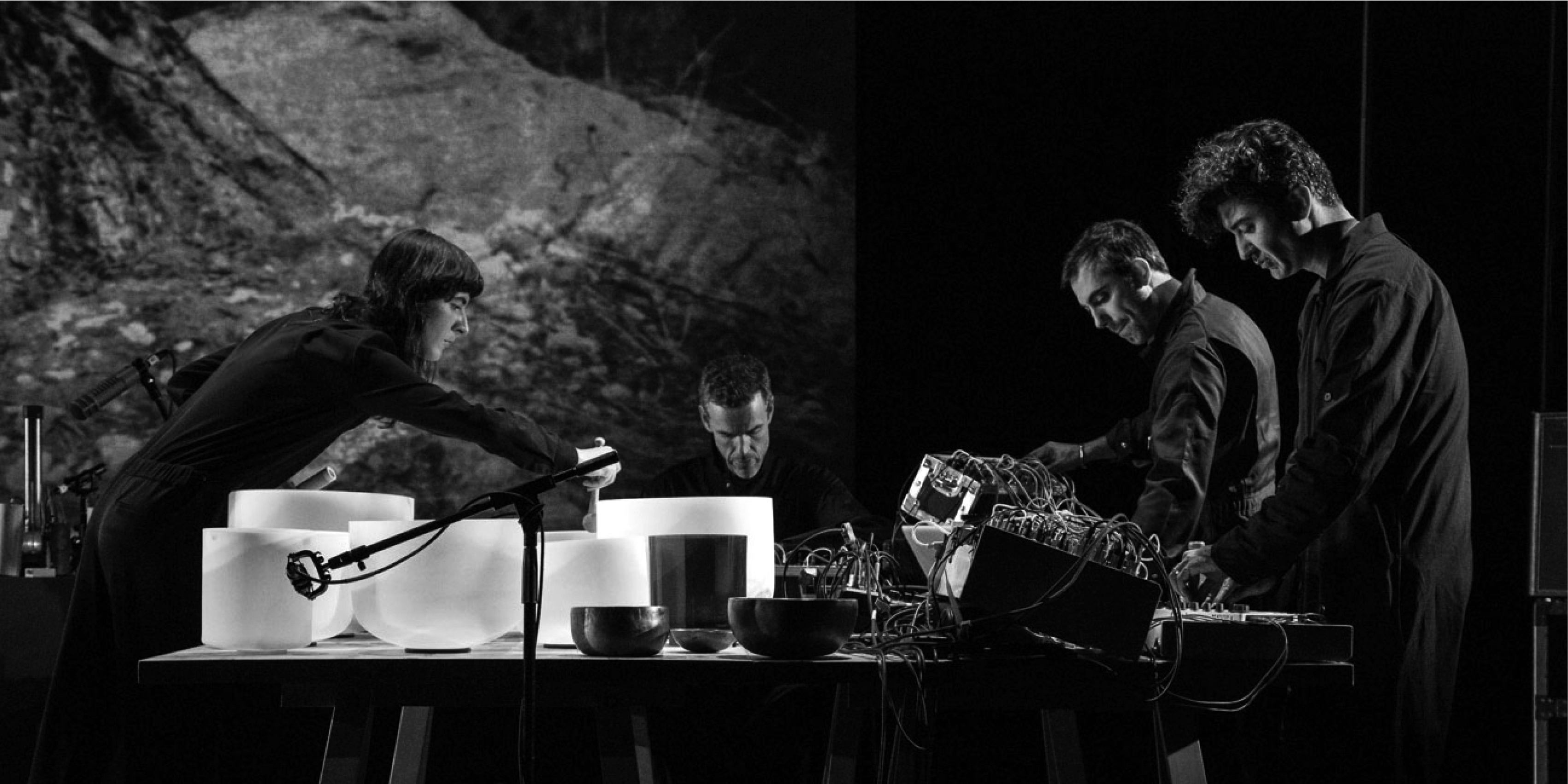
When describing a group like Soundwalk Collective, it’s hard to know what to say first. Their bio states they are an “international art and genre-bending music group based between New York City and Berlin”; which, to begin with, is a good start. The group was founded in Manhattan by Stephan Crasneanscki, and counts Simone Merli and Kamran Sadeghi as its members. Their main focus was to create audio-based projects across a range of mediums and places—always deeply thought-out experiences. But what began as location-specific, sonic installations, eventually morphed into deep investigations into field recordings and the study and execution of recording techniques and synthesis.
The group’s latest project, Killer Road, sits them alongside Patti Smith and daughter Jesse Paris for an immersive sonic ode on the tragic death of Nico from the Velvet Underground—who died while riding her bike in Ibiza in ’98. With the Soundwalk Collective’s deeply-woven sound design as a backdrop, Smith delivers elegant—and at times fierce—spoken-word poetry from the hand of Nico; it’s a powerful combination that crawls deeper into your subconscious on every listen.
Soundwalk Collective’s field recordings and location-specific sound design are ever present throughout Killer Road: the marriage of Nico’s poetry and what sounds to be a recreation of a menacing roadside in “Fearfully In Danger” is a haunting example. This art of recording and recreating scenes is the foremost focus for Soundwalk Collective—for not only Killer Road, but also the group’s entire existence. With this, we thought it best to invite the collective to the pages of XLR8R to give their tips on field recording.
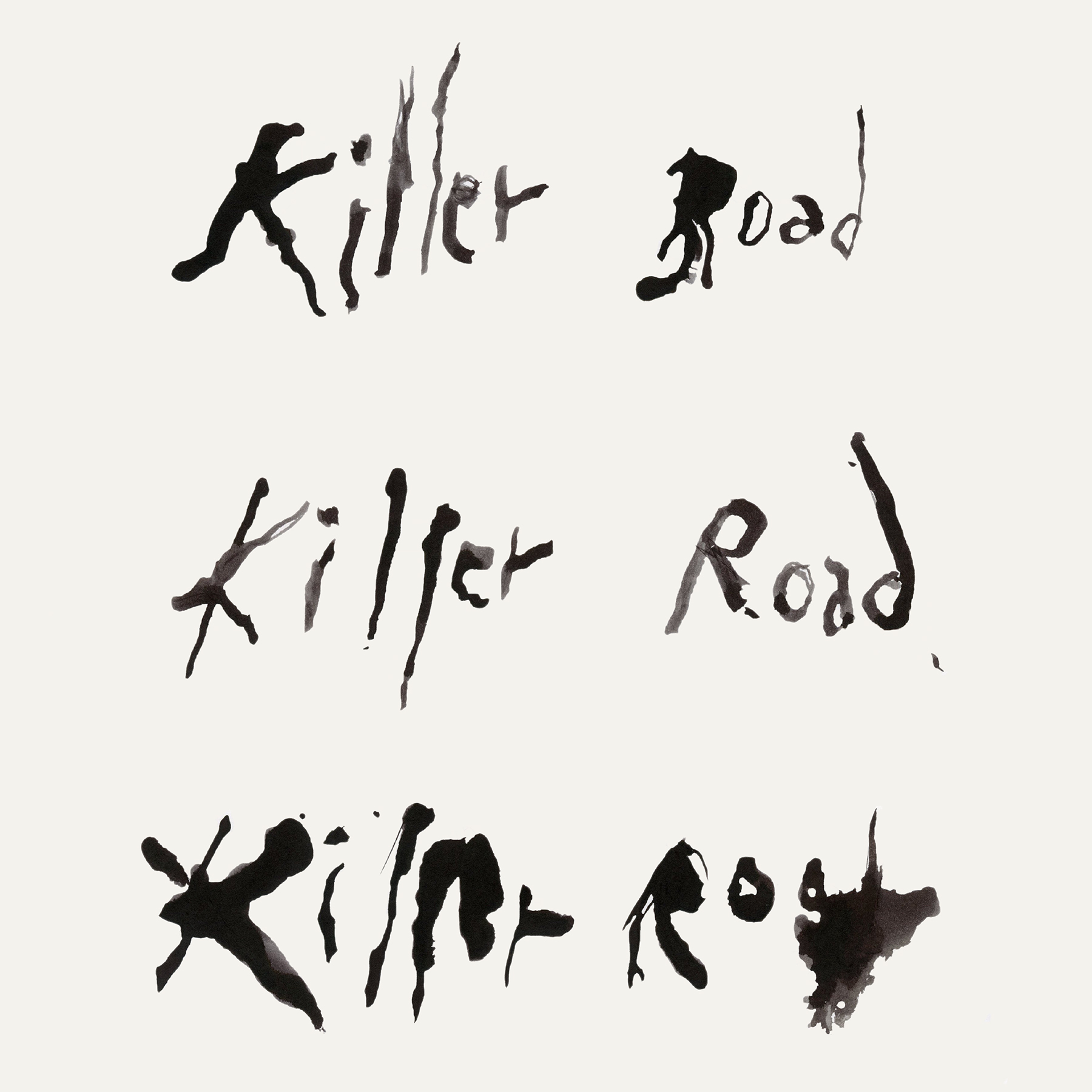
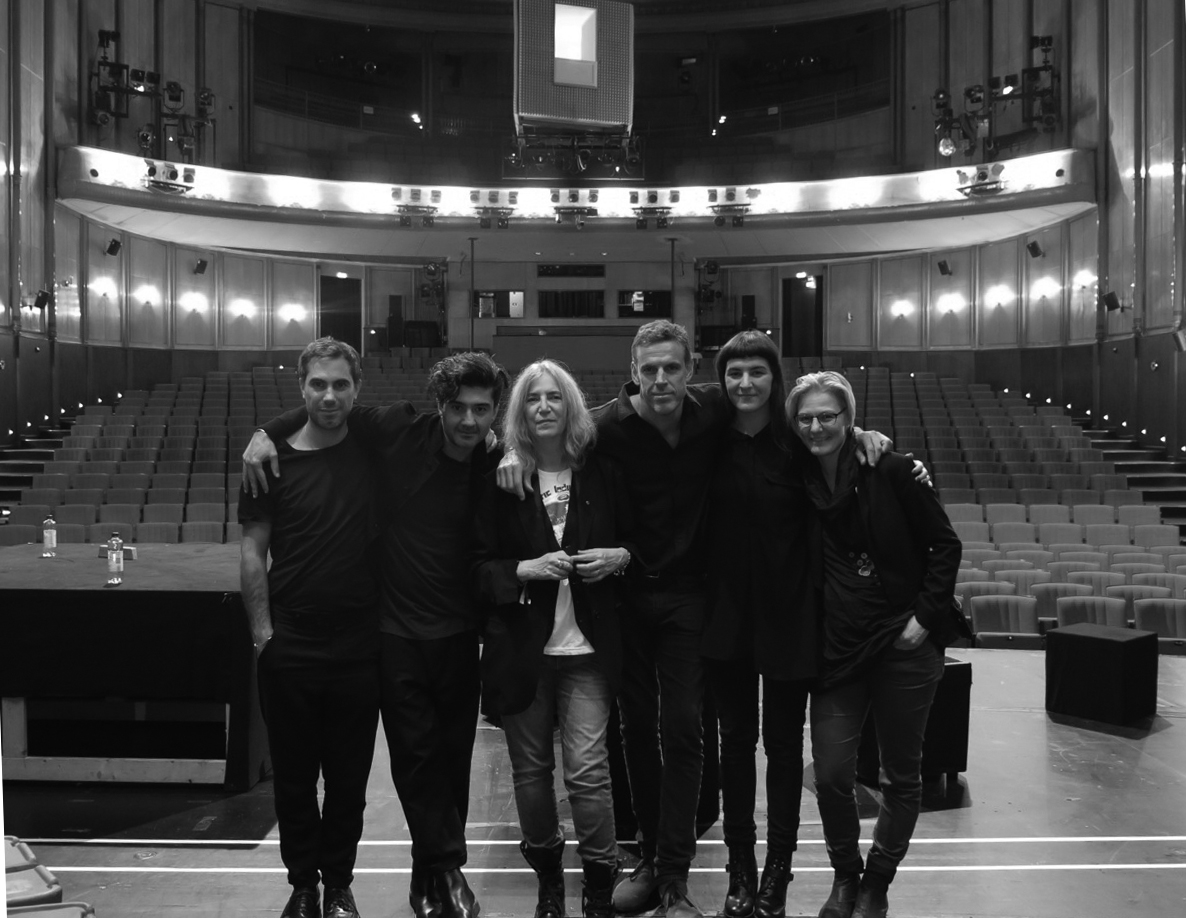
Let the sound guide you
You’ll rarely, if ever, find the exact sound that you are looking for when out on a journey for field recordings. While it is really important you come prepared and with a clear vision in mind, you have to be aware that the sound you are looking for will not exist in the way you imagine it, or it might not be there at all.
But this problem is not necessarily a bad thing. Every place and every situation that involves parameters such as nature, geography, humans, and climate can enjoy the beautiful advantage that they are not possible to calculate. In other words, unpredictability can lead to interesting discoveries; the way the world moves is surprising and unpredictable to our eyes and ears at every instance.
So when you are on location with your microphone ready, having placed yourself in a nook to record what you have longed for, and suddenly it is not happening; keep your ears and imagination open for there is an extremely high chance that the conditions will offer you something else—another sound, or combinations of sounds—that you never thought would actually be possible. Follow that sound and somehow with unexplainable synchronicity you will find yourself recording something that will most probably tell a better story than the one you wanted to tell in the first place.
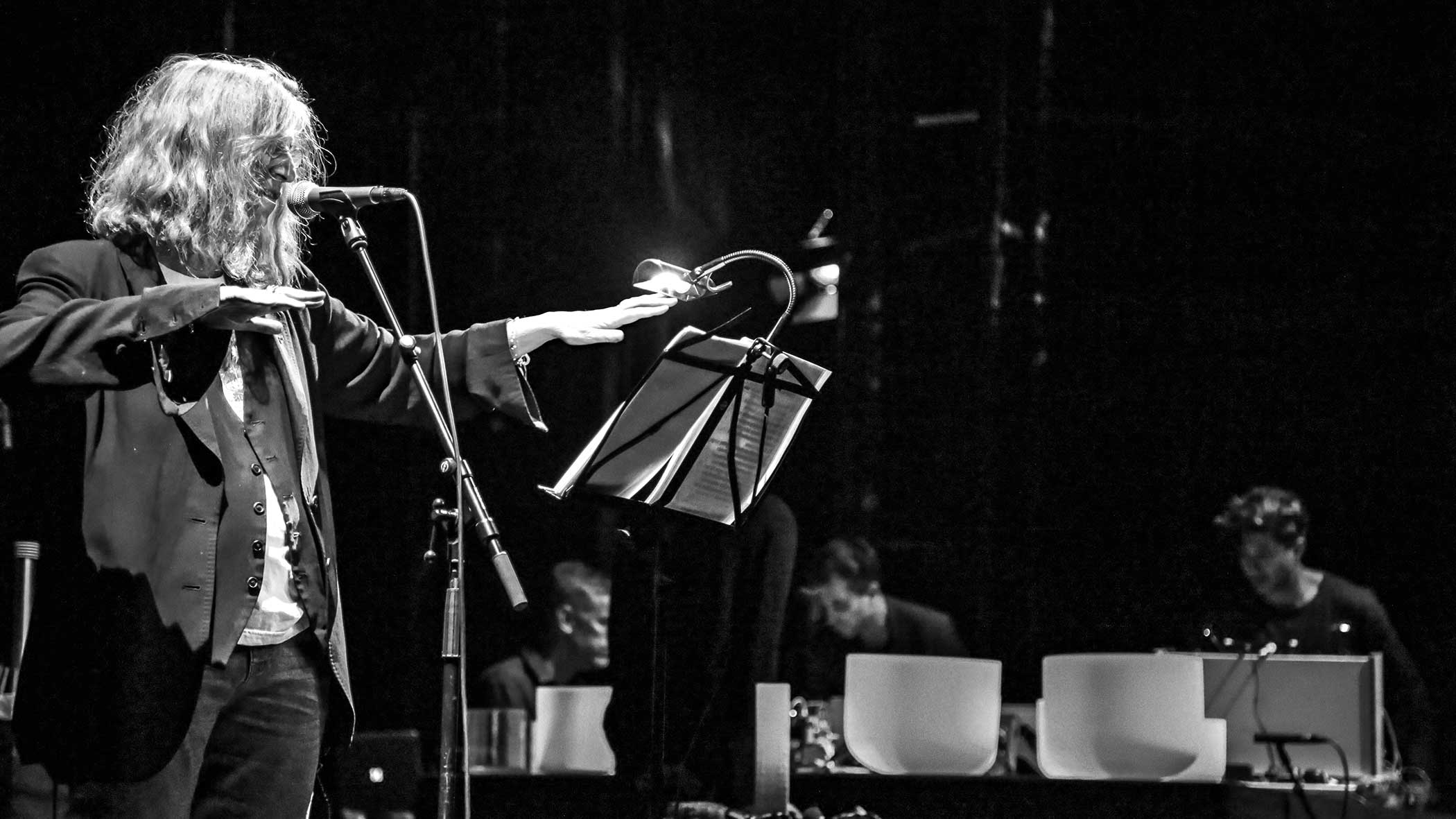
Use good technology
The right technology makes a huge difference when it comes to sound.
Being able to capture sound at a full spectrum allows you to have a lot more frequency content to play with when you get to composition, processing, and mixing—no matter what your preferred workflow and process is.
You want to have the ability to isolate certain frequencies, or specific happenings within a long recording, and be able to bring them out of context, or heighten their context, if you are going for a hyper-real approach.
Or, if the sound is full and complete to start with, you want to be able to portray it precisely at higher volume and with full power, without using tricks and fixes around it. It can be a really special experience to be moved by listening to a raw sound which has a unique context and narrative, where the recording is so pristine that it takes you instantly to another place in space and time, linking to your memory and speaking to you intimately.
In most of our practice—considering we tend to carry out field recordings in especially far out places and often difficult conditions—we utilise custom-made microphones. We have capsules especially built depending on the sound we are looking to record and the weather conditions that we expect. We have them mounted on special brackets that make them easy and light to carry, that disguise them as such so that they can pass for another object once crossing, let’s say, a difficult border; and that protect them against humidity or sand if you happen to be in a forest or a desert.
In truth, there is no specific way of doing this, or specific tools that are a must; we see the practice of field recording, and hence the relationship to a sound, to be quite of a personal one.
We always enjoyed and learnt lots from a DIY type of approach, so we have equipment especially built and customised for each occasion. This leaves more room for a creative and explorative approach to the capturing of sound, which is then reflected later in the studio.
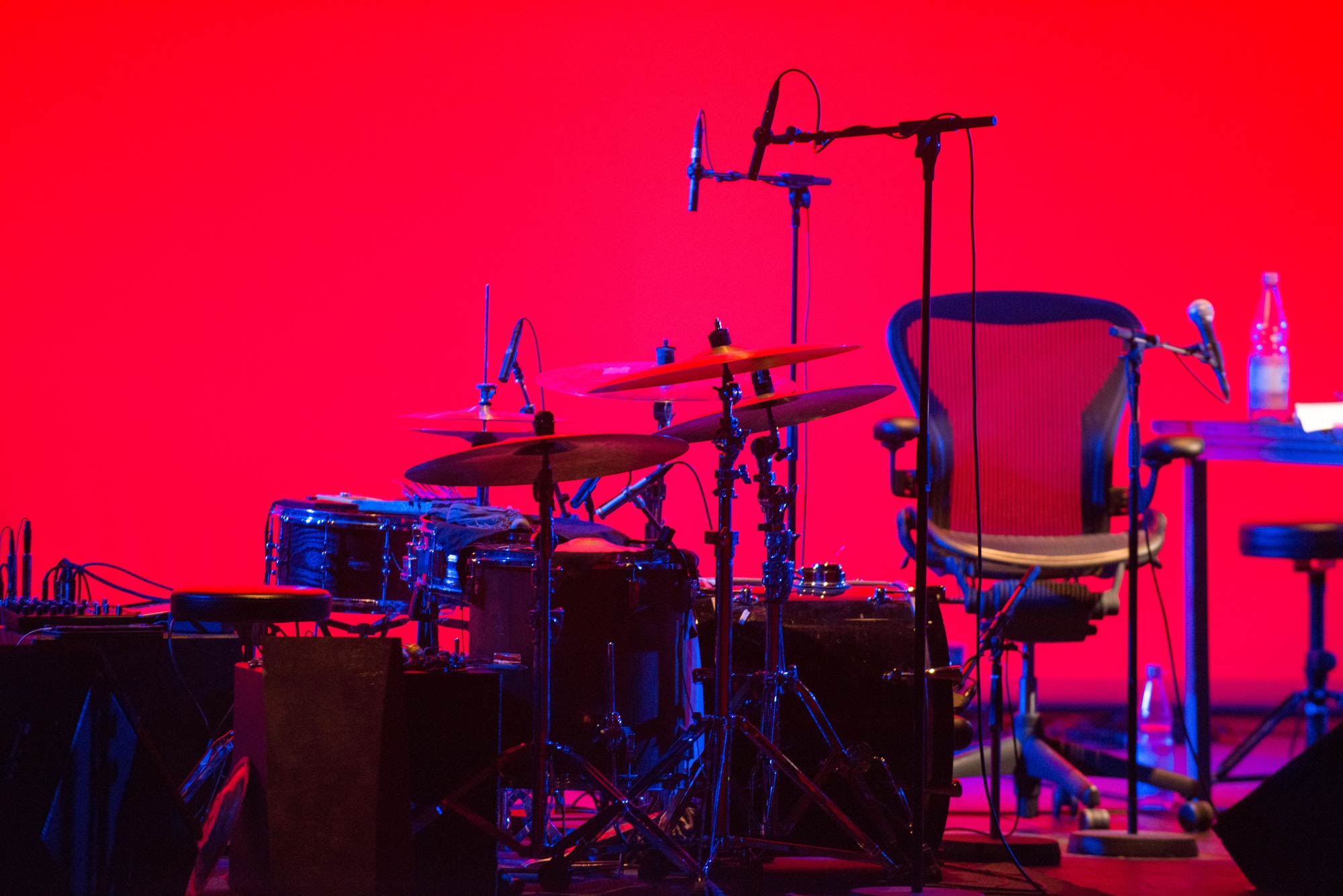
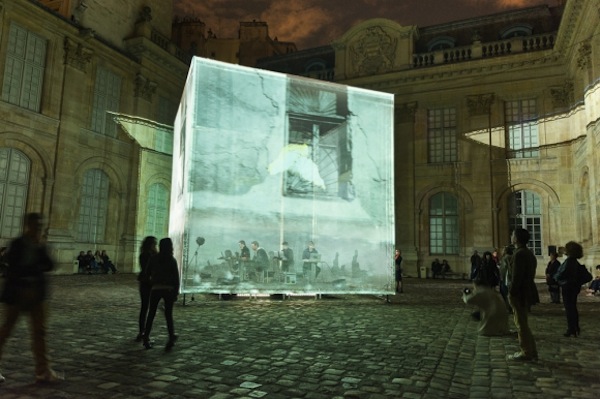
Keep moving and create a narrative
Field recording does not mean that you have to find the perfect spot and then stay there until you have what you need. In fact, many times moving through the sound that you are recording allows for a beautiful story to unfold.
Sounds morph in frequency and move in space differently as you move in and around them. New harmonies appear, as well as resonances and patterns.
As a result, accidents and unexpected events are created. These are often the elements that contain a poetic value within the sound, that tell a story and hint at a narrative. On this note, there always needs to be a narrative in the recordings you capture. A sound going from here to there and becoming this and that in between.
Lots of our work is inspired by accidents that are happening during recording. In the studio we will often play with sonic elements that counterpoint each other, that are often not thought to be together in reality; however, from a musical standpoint they only become valuable once placed next to each other. We are always looking for that glitch, unforeseen association that gives birth to something new.
Don’t be shy
One tricky side of field recording is dealing with other people.
If you want to get a good and undisturbed recording of a specific happening or setting—and don’t want your presence to come in the way or break the flow of an event—you really have to get creative in finding ways to stay on the side of it all and still manage to have the microphones in the centre of the scene. After all, you can pretty much give up on getting the recording you want when others see that you have a microphone in your hands, because everyone will stop talking like you’ve crashed the party.
On the contrary, in other circumstances it is your interaction and involvement with others that will allow you to get your recording. In this case, a bit of acting is mandatory. You have to engage the person in front of you to repeat the action that is the source the sound that you want to record, repeat it over and over, without the person knowing that you are recording. You will have to come up with excuses and reasons for the person to keep doing that action.
Funnily enough, when it comes to interaction with others and sound recording, you become like a sort of psychologist in that you have try to understand how you can record that person the best way. There is so much learning to do here, and it’s an extremely fascinating outsider look into the human behaviour and language in general.
You might find yourself bribing, flirting, joking, teasing, poking, … It is astonishing how the practice of relating to our sounds and capturing them allows you to explore all these many layers of human life.
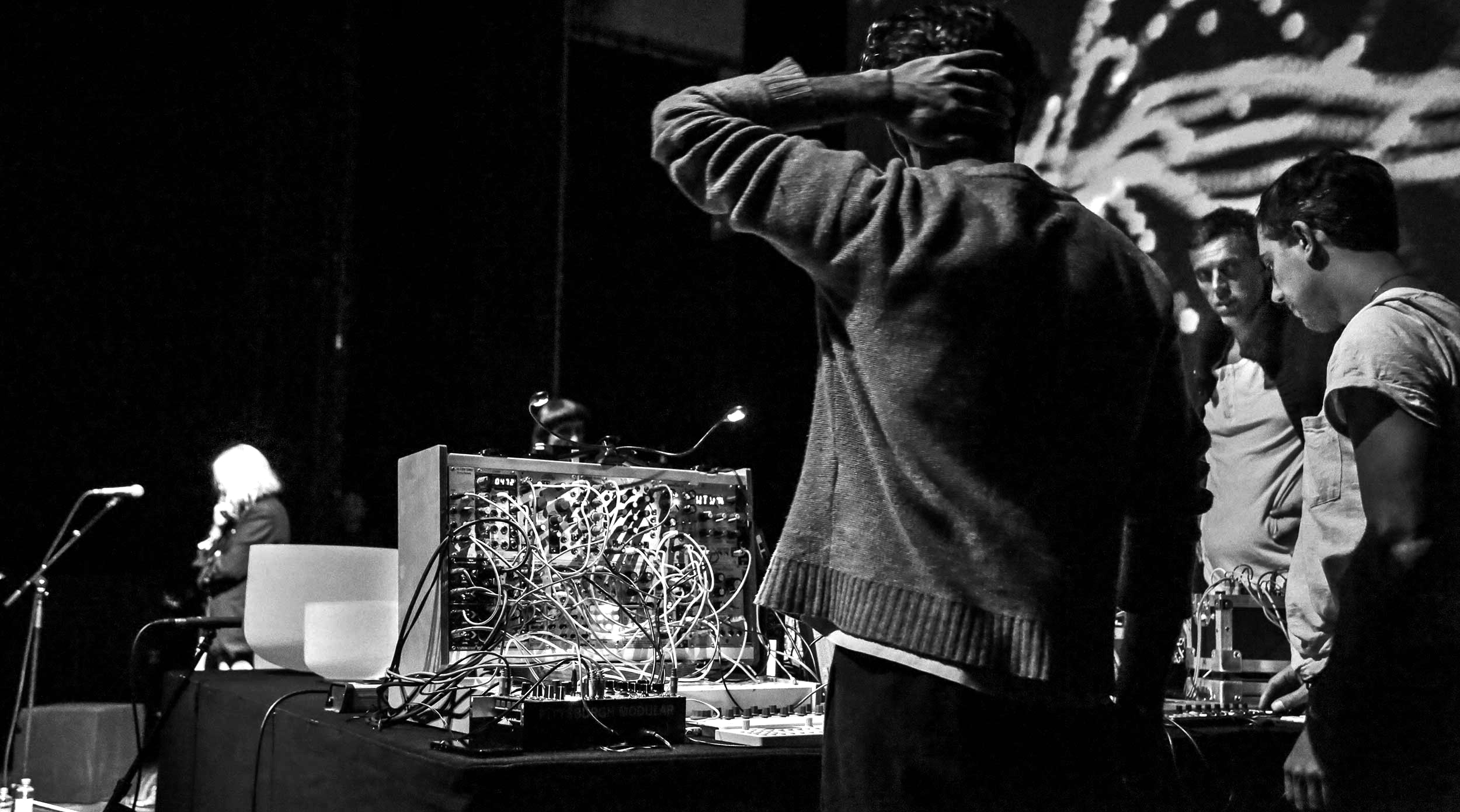
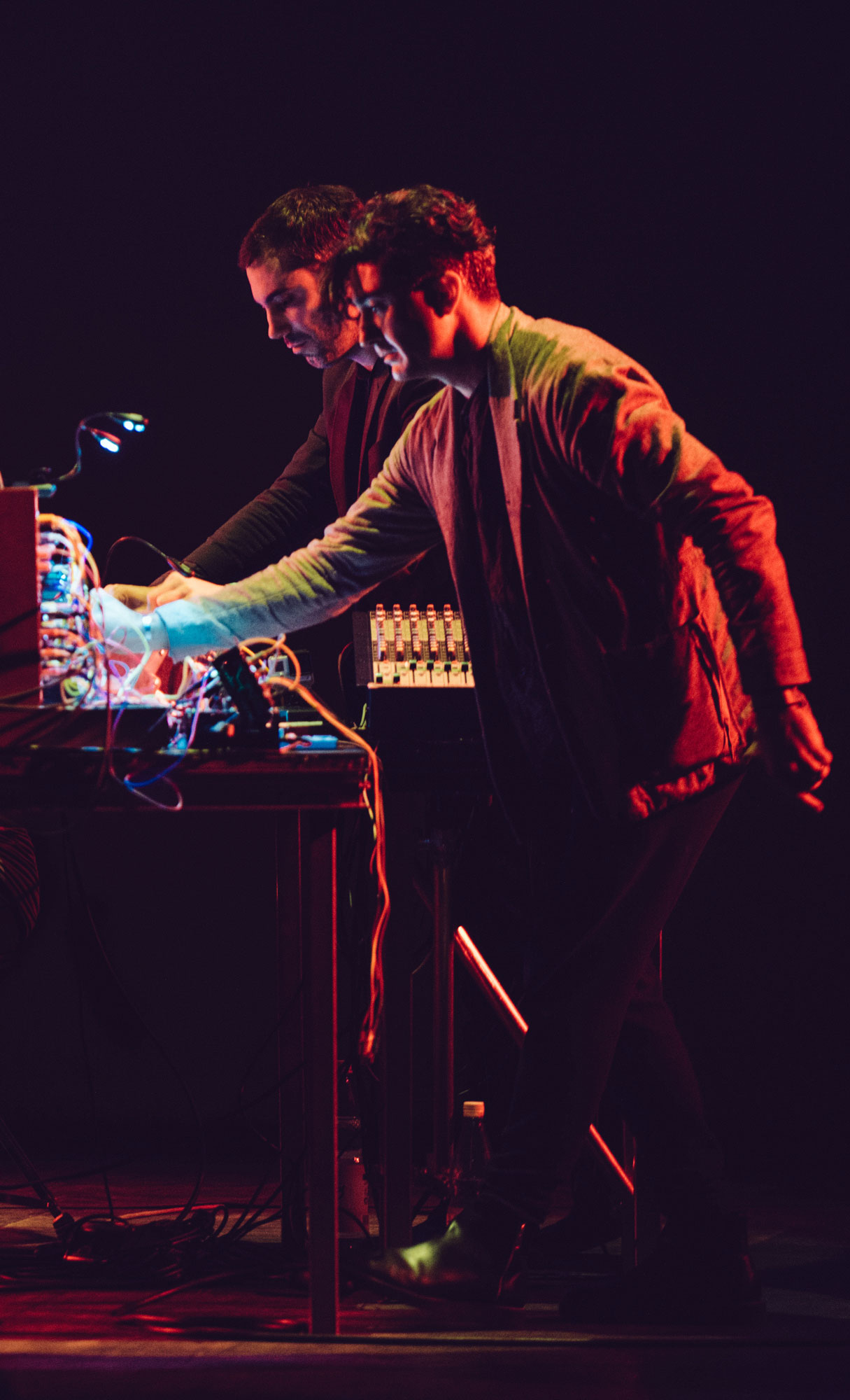
Always listen to the work of others
Always keep listening; keep your ears trained and constantly look for inspirations, other ways of recording, of treating sound, other approaches. Look at how others do it and always do your research.
In our view, it is important to have references in mind before you go out recording, or composing in the studio for that matter. Whether it is a specific content that you are after for a recording, or a sonic texture to be achieved through a certain processing during post, it is important and inspiring to have in mind something that is of reference for you, and has a higher standard of recording or production level. It’s ok to aim at the work of others and to aim high; nothing in this practice will turn out to be the same anyways, as each of us have such distinct personalities and behaviours, and different ears.
References will get you to think outside the box, to challenge and to better yourself in what you do, to do things differently.
Revisit your unpublished or past works
It’s always hard to go a step backward since we are all concerned with moving forward.
But remember this: you never know what kind of gems you left behind in the process of elimination—not to mention you hear things differently when you’ve had some distance.
Be very patient
No one wants to sit around with unfinished projects, especially when you have performance dates and project deadlines.
Nothing is really ever finished and it’s only a matter of time that you sabotage what could be a long dialogue with fruitful outcomes by wanting to call it “done” and move on quickly.
Killer Road was released by Sacred Bones on September 2 and can be purchased via Bandcamp.

